Satire vs. Parody: Cartooning is a powerful medium that combines visual art with storytelling to convey messages, evoke emotions, and provoke thought. Within this art form, satire and parody are two techniques often employed to critique, entertain, and reflect society’s complexities. As a cartoonist who has utilized both methods, I’ve come to appreciate their distinct nuances and impacts. This article delves into the differences between satire and parody in cartooning, exploring their histories, purposes, techniques, and the roles they play in shaping public discourse.
Understanding the Definitions
What Is Satire?
Satire is a literary and artistic technique that uses humor, irony, exaggeration, or ridicule to expose and criticize human vices, follies, or societal issues. Its primary goal is often to inspire change or provoke thoughtful reflection by highlighting shortcomings in individuals, institutions, or cultural norms.
Key Characteristics:
- Critical Tone: Aims to challenge and critique.
- Moral Purpose: Seeks to promote improvement or reform.
- Use of Irony and Sarcasm: Employs these tools to make a point subtly or overtly.
What Is Parody?
Parody is a humorous imitation of a particular style, artist, genre, or work. It exaggerates or mimics the original content to entertain, often highlighting its peculiarities or flaws.
Key Characteristics:
- Imitative Nature: Mimics the subject closely.
- Humorous Intent: Primarily aims to amuse the audience.
- Exaggeration of Style: Highlights distinctive features for comedic effect.
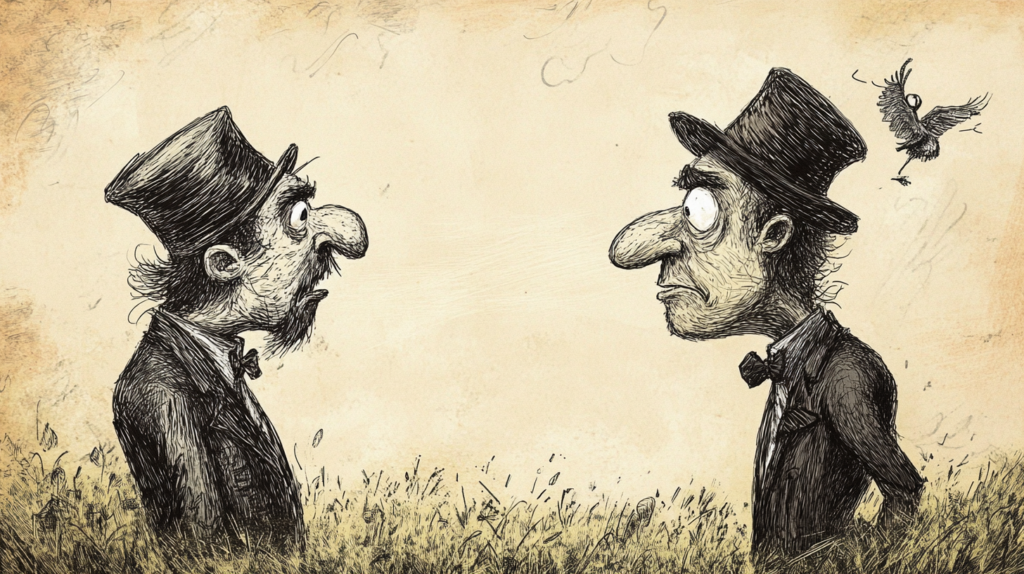
Historical Context
The Roots of Satire in Cartooning
Satire has a long-standing tradition in the arts, dating back to ancient civilizations.
- Ancient Greece and Rome: Playwrights like Aristophanes used satire in their works.
- 18th Century England: Artists like William Hogarth created satirical prints critiquing social issues.
- 19th Century: Political cartoons became prevalent in newspapers, using satire to comment on politics.
Personal Insight:
Satirical cartoons have always fascinated me due to their ability to convey profound messages succinctly. They challenge authority and question societal norms, embodying the spirit of free expression.
The Emergence of Parody in Cartooning
Parody has been a part of artistic expression for centuries, offering a lighter approach to critique.
- Literary Parodies: Authors like Miguel de Cervantes parodied chivalric romances in “Don Quixote.”
- 20th Century Cartoons: Parodies became popular in animated shorts and comic strips, spoofing popular culture.
Personal Insight:
Parody allows me to connect with audiences through shared knowledge of the original work. It’s a playful way to comment on or celebrate cultural phenomena.

Purposes and Intentions
The Purpose of Satire
- Social Critique:
- Expose Flaws: Highlights issues like corruption, hypocrisy, or injustice.
- Encourage Reflection: Prompts audiences to consider their own beliefs and behaviors.
- Advocate for Change:
- Raise Awareness: Brings attention to overlooked or suppressed topics.
- Inspire Action: Motivates individuals or groups to seek improvement.
Examples:
- George Orwell’s “Animal Farm”: A satirical allegory critiquing totalitarianism.
- Political Cartoons: Illustrations that comment on government policies or leaders.
Personal Insight:
Creating satirical cartoons allows me to contribute to societal conversations, offering a visual voice to complex issues.
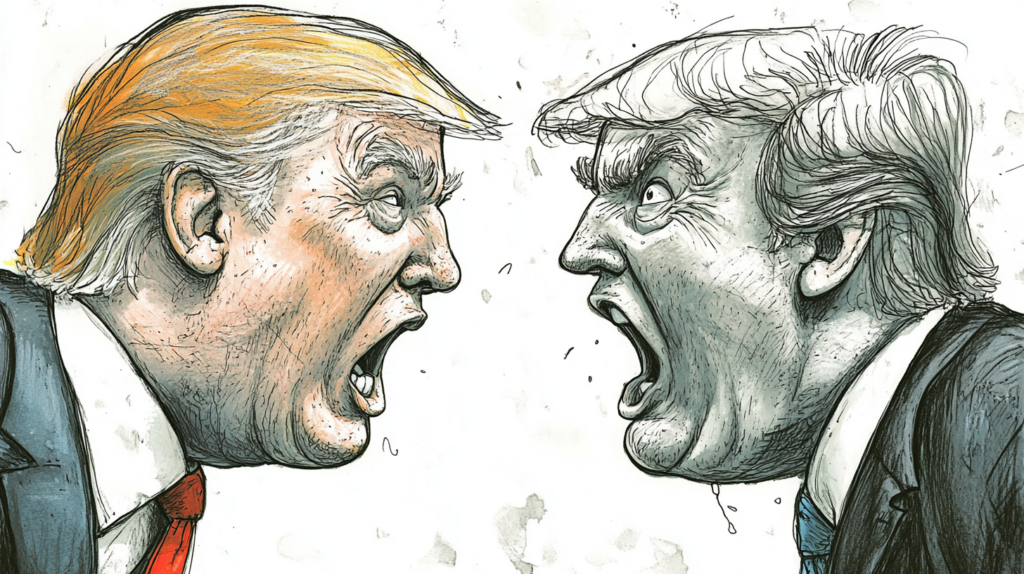
The Purpose of Parody
- Entertainment:
- Humor: Provides amusement through clever imitation.
- Recognition: Engages audiences by referencing familiar works.
- Lighthearted Critique:
- Gentle Mockery: Pokes fun without malicious intent.
- Celebration of Original Work: Can honor the source material while highlighting its quirks.
Examples:
- “Weird Al” Yankovic’s Music Parodies: Humorous takes on popular songs.
- “The Simpsons”: Episodes that parody films, literature, and cultural icons.
Personal Insight:
Parody offers a fun outlet to explore creativity, connecting with audiences over shared cultural experiences.

Techniques and Approaches
Techniques in Satirical Cartooning
- Exaggeration:
- Amplifying Traits: Overstating characteristics to highlight flaws.
- Hyperbole: Using extreme scenarios to emphasize a point.
- Irony and Sarcasm:
- Contradictory Statements: Saying the opposite of what is meant.
- Situational Irony: Depicting unexpected outcomes to reveal truths.
- Symbolism:
- Metaphorical Images: Using symbols to represent abstract concepts.
Personal Tip:
When crafting satire, focus on the underlying message. Ensure that the humor serves the critique, not the other way around.
Techniques in Parodic Cartooning
- Imitation of Style:
- Mimicking Visual Elements: Replicating the artistic style of the original work.
- Echoing Language or Phrases: Using familiar dialogues or catchphrases.
- Exaggeration of Features:
- Caricaturing Characters: Emphasizing distinctive traits for comedic effect.
- Overstating Plot Elements: Highlighting absurdities in the original narrative.
- Intertextuality:
- Referencing Other Works: Creating connections between different cultural texts.
Personal Tip:
In parody, attention to detail is key. The closer the imitation, the more effective the humor.
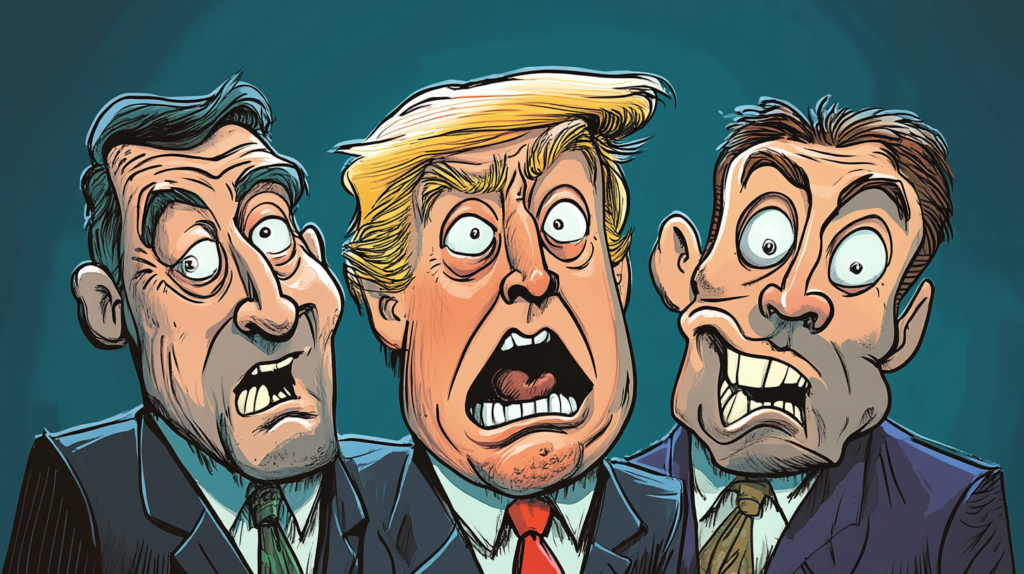
Ethical Considerations
- Avoiding Harmful Stereotypes: Be cautious not to perpetuate biases or discrimination.
- Intent vs. Impact: Consider how the audience may interpret the work.
- Legal Boundaries: Be aware of laws regarding defamation and hate speech.
Personal Insight:
Responsible satire requires empathy and awareness. The goal is to critique constructively, not to offend gratuitously.
Crafting Parody with Respect
- Fair Use and Copyright: Understand legal allowances for parody under intellectual property laws.
- Respect for Original Creators: Acknowledge the source material and avoid misrepresentation.
- Avoiding Plagiarism: Ensure that the parody transforms the original work sufficiently.
Personal Insight:
Parody thrives on mutual appreciation of the original work. It’s important to balance humor with respect.

Impact on Society and Culture
The Influence of Satirical Cartoons
- Shaping Public Opinion: Satire can sway perceptions of political figures or policies.
- Promoting Dialogue: Encourages discussions on important issues.
- Historical Records: Provides insights into societal attitudes of the time.
Examples:
- Charlie Hebdo: A French magazine known for controversial satirical cartoons.
- Editorial Cartoons: Regular features in newspapers that comment on current events.
Personal Reflection:
Satirical cartoons have the power to resonate deeply, sometimes becoming symbols of movements or resistance.
The Role of Parodic Cartoons
- Cultural Commentary: Reflects societal trends and pop culture.
- Accessibility: Engages wider audiences through humor.
- Creative Expression: Allows artists to experiment with different styles and ideas.
Examples:
- “MAD” Magazine: Renowned for its parodies of movies, TV shows, and other media.
- Online Memes: Modern parodies that spread rapidly through social media.
Personal Reflection:
Parody keeps culture dynamic, allowing continuous reinterpretation and engagement with familiar content.
Comparing Satire and Parody in Cartooning
| Aspect | Satire | Parody |
|---|---|---|
| Purpose | Critique and provoke thought | Entertain and amuse |
| Tone | Often serious or biting humor | Lighthearted and playful |
| Target | Societal issues, behaviors, institutions | Specific works, genres, or styles |
| Technique | Irony, sarcasm, exaggeration, symbolism | Imitation, exaggeration of style, intertextuality |
| Ethical Focus | Responsible critique without harm | Respectful imitation within legal boundaries |

The Digital Age and Its Influence
Satire and Parody in Online Platforms
- Wider Reach: Internet allows for global dissemination of cartoons.
- Interactive Engagement: Audiences can respond and share content rapidly.
- Challenges: Increased risk of misinterpretation and virality of offensive material.
Personal Experience:
The digital realm amplifies both the impact and the responsibility of cartoonists. It’s essential to be mindful of diverse audiences.
Memes: The Modern Parody
- User-Generated Content: Anyone can create and share parodic content.
- Rapid Evolution: Memes evolve quickly, reflecting current events and trends.
- Cultural Phenomenon: Memes have become a staple of online communication.
Personal Observation:
Memes democratize parody, but they also blur the lines of authorship and accountability.
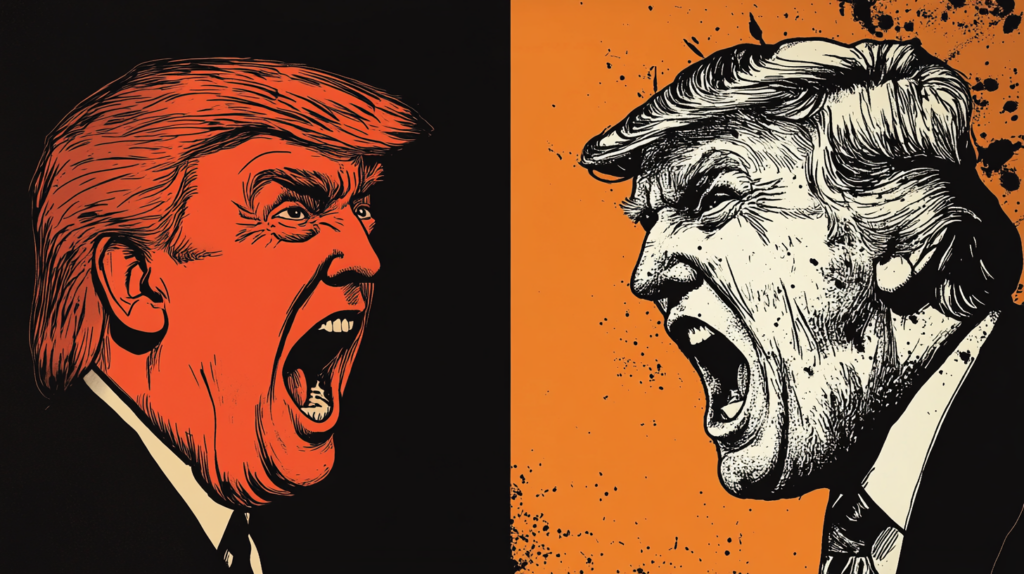
Case Studies
Satirical Cartoon: “The Pen Is Mightier”
An illustration depicting a journalist wielding a pen against oppressive forces.
- Analysis:
- Symbolism: The pen represents free speech; oppressive forces symbolize censorship.
- Impact: Highlights the importance of journalism in defending democracy.
Personal Insight:
Creating such cartoons reinforces the value of freedom of expression and can rally support for critical causes.
Parodic Cartoon: “Star Woes”
A cartoon spoofing “Star Wars,” portraying characters in humorous, exaggerated situations.
- Analysis:
- Imitation: Replicates iconic scenes with a comedic twist.
- Audience Engagement: Appeals to fans through shared knowledge of the franchise.
Personal Insight:
This type of parody celebrates the original work while providing entertainment, strengthening fan communities.
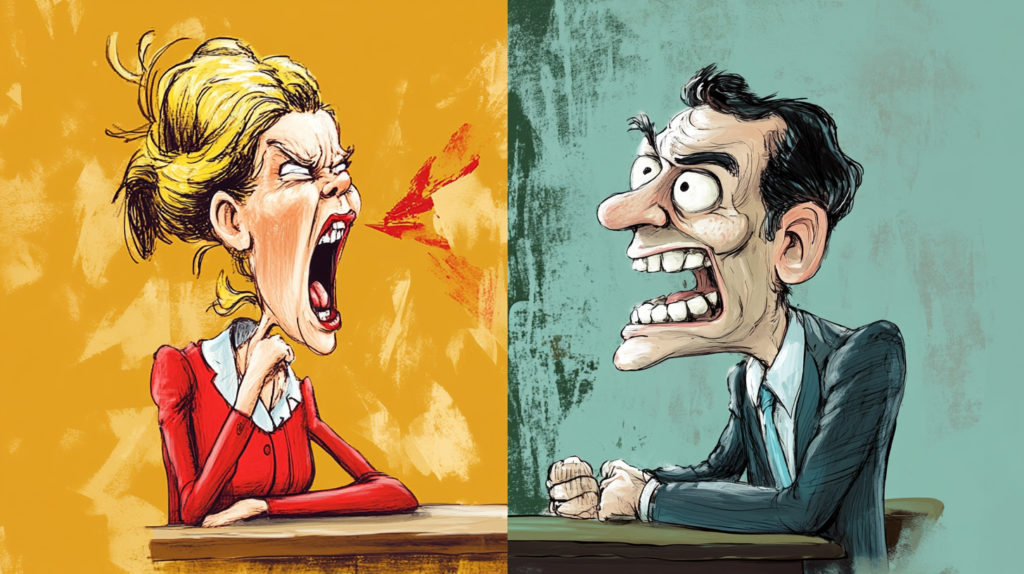
Satire vs. Parody
Satire and parody are vital tools in the cartoonist’s repertoire, each serving unique purposes in art and society. Satire confronts and challenges, pushing audiences to reflect and, potentially, to act. Parody entertains and connects, offering a shared space for humor and appreciation of cultural works.
Final Thoughts:
Understanding the distinctions between satire and parody enhances both the creation and appreciation of cartooning. As artists, we wield significant influence and must use these techniques thoughtfully, balancing creativity with responsibility.
Call to Action:
I encourage fellow cartoonists and enthusiasts to explore both satire and parody in their work and consumption. Reflect on the intentions behind the art, engage in conversations about its impact, and continue to support the vibrant diversity of cartooning.




